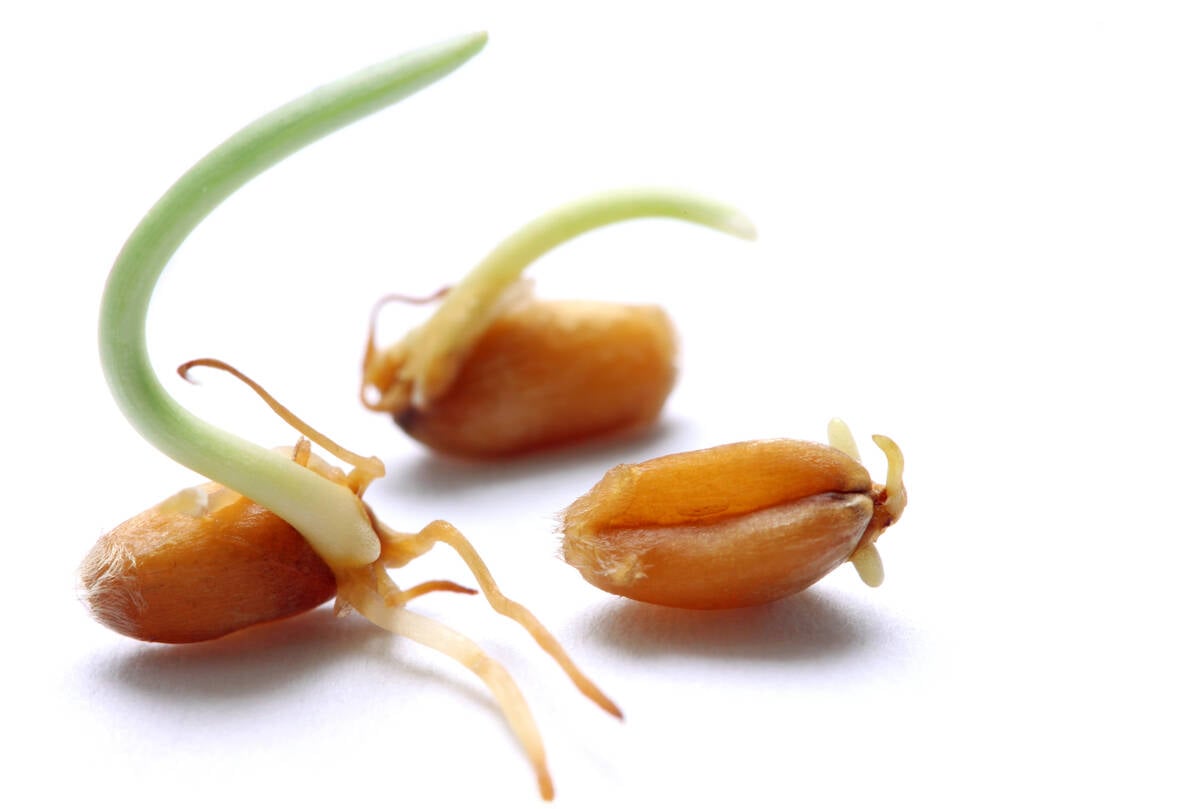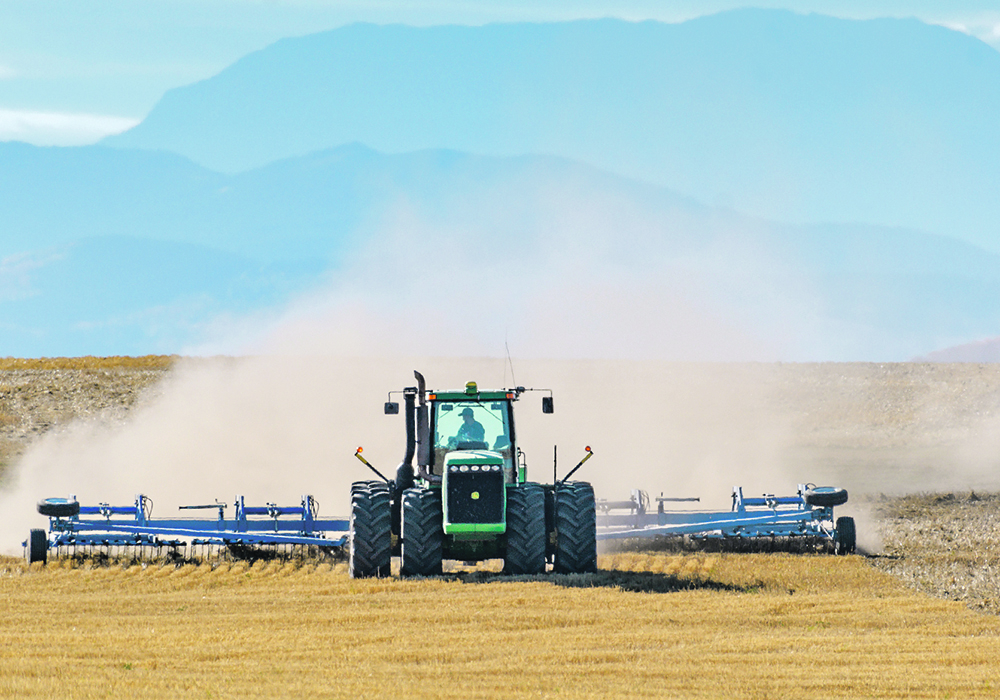Most North American grain and oilseed farmers would love to see fall rain to replenish drought affected or drier than normal soil.
Their counterparts in Argentina are even more desperate for rain. They are in the Southern Hemisphere spring and winter wheat is shrivelling due to lack of rain and the fields that they will soon seed to soybeans and corn are excessively dry.
Meanwhile, farmers in eastern Australia would like drier weather after recent excessive rain threatened the quality of what should be a high yield crop.
Read Also

Manitoba farmers fight sprouted wheat after rain
Rain in mid-September has led to wheat sprouting problems in some Manitoba farm fields.
Judging by the various long-range weather model forecasts I’ve seen, the western Canadian Prairies will likely remain mostly dry for the remainder of the fall, but once we get closer to winter’s official arrival the outlook for all the Prairies is for normal precipitation and temperatures.
In the United States, the Plains and Midwest are also likely to remain dry and warmer than normal through the fall. By the end of the year the Midwest moves to a normal precipitation forecast but the winter wheat area of the southern plains, particularly Texas and Oklahoma, looks like it might have another winter of below normal precipitation and warmer than normal temperatures.
The October supply and demand report from the U.S. Department of Agriculture showed how hot, dry weather in the recent growing season hurt American winter and spring wheat crops more than expected. In particular, the drought caused an excessive number of acres to not be harvested.
Between the September and October reports, it cut the soft winter wheat crop estimate by11.5 percent, the hard red winter by eight percent and the spring wheat by almost four percent.
Total wheat production fell to 44.9 million tonnes, down 3.6 million from 48.5 million in the September report.
The forecast for end of the crop year stocks fell to 15.68 million tonnes for a stocks-to-use ratio of 30.9 percent, down from 34.9 percent last year and the lowest since 2013.
The USDA report also noted the drought in Argentina, lowering wheat production there to 17.5 million tonnes, down 1.5 million from the 19 million forecast in September.
That is still higher than forecasts issued by Argentina’s two major grain exchanges. They now peg the crop at 16 million to 16.5 million tonnes, down from last year’s 23 million tonnes.
These declines were partly offset by a 2.65 million tonne increase in the European Union crop. The USDA also kept its Russia wheat forecast at 91 million tonnes although SovEcon predicts a record crop of 100 million tonnes.
Overall, the USDA sees global wheat production at 781.7 million tonnes, down from 783.92 million in September, but up from last year’s 779.76 million.
The trimming of wheat crops helped wheat futures edge up since August. Increased fighting in Ukraine also supported wheat futures, as did uncertainty over whether Russia will continue to support a safe corridor for Ukraine’s grain exports.
Argentina’s drought could push back soybean and corn seeding if farmers wait for delayed spring rain. A dry spring does not necessarily mean reduced crops. Growing season showers could sustain growth, but long-range models show a stronger than normal possibility of dryness continuing over the next five months.
Brazilian farmers are already seeding soybeans and the first corn crop. Conditions are good and planting is at an average pace.
But the long-range models show the dryness could creep north into the southern states of Brazil. However, central and northern growing areas should get normal rainfall.
Brazil’s forecaster Conab has high hopes for 2022-23 production, estimating 152.3 million tonnes of soybeans and 126.9 million tonnes of corn.
Dry weather in the south hurt last year’s soybean crop, limiting it to 125.5 million tonnes and corn was 112.8 million.
The fate of South American crops is strongly influenced by La Nina, now affecting the third Southern Hemisphere summer. On Oct. 13 the U.S. Weather Service Climate Prediction Center said there was a 75 percent chance of La Nina continuing December through February, with a 54 percent chance of a neutral situation in February through April.
While La Nina tends to deliver dry weather to parts of South America, it can dump excessive rain in Australia, particularly the eastern part of the country.
Already Sydney has recorded its wettest year since record keeping began in 1858. Wheat production is expected to be large but there could be an excessive amount of feed wheat due to the rain. Western Australia is enjoying ideal crop weather.
Rain also fell in China’s winter wheat area, ensuring good soil moisture for the crop about to be seeded.















